Jelly Palm Fruit Uses – Is The Fruit Of The Pindo Palm Edible
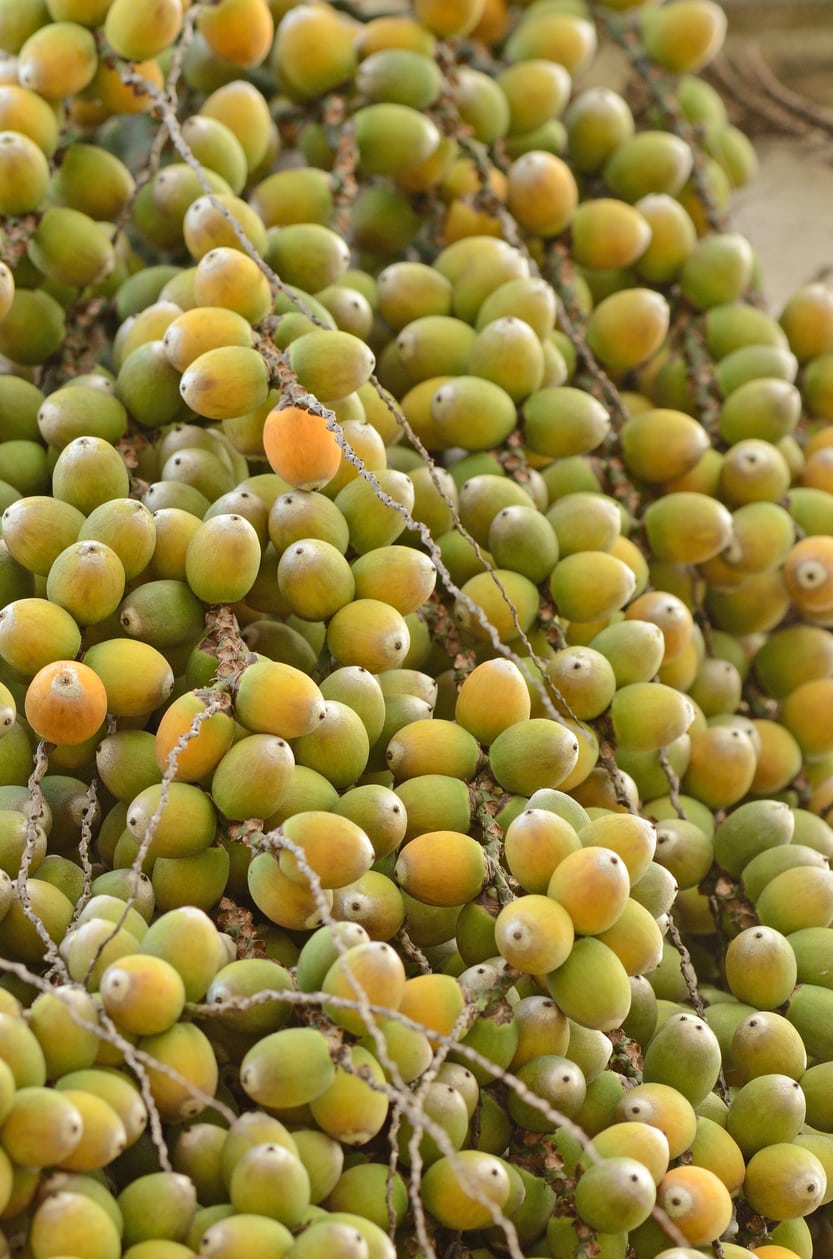
Native to the Brazil and Uruguay but prevalent throughout South America is the pindo palm, or jelly palm (Butia capitata). Today, this palm is quite prevalent throughout the southern United States where it is grown both as an ornamental and for its tolerance to the hot, dry climate. Pindo palm trees bear fruit too, but the question is, “can you eat pindo palm fruit?” Read on to find out if the fruit of the pindo palm is edible and jelly palm fruit uses, if any.
Can You Eat Pindo Palm Fruit?
Jelly palms do indeed bear edible pindo fruit, although with the abundance of fruit dangling from the palms and its absence from the consumer market, most people have no idea the fruit of the pindo palm is not only edible but delicious. Once a staple of practically every southern yard, the pindo palm is now more often thought of as a nuisance. This is in large part due to the fact that pindo palm tree fruit can make a mess on lawns, driveways, and paved walkways. The palm makes such a mess because of the astounding amount of fruit it produces, more than most households can consume. Yet, the popularity of permaculture and an interest in urban harvesting is bringing the idea of edible pindo fruit back into vogue once again.
About Pindo Palm Tree Fruit
The pindo palm is also called the jelly palm due to the fact that the edible fruit has lots of pectin in it. They are also called wine palms in some regions, those that make a cloudy but heady wine from the fruit. The tree itself is a medium sized palm with pinnate palm leaves that arch towards the trunk. It attains heights of between 15 and 20 feet (5-6 m.). In the late spring, a pink flower emerges from amongst the palm leaves. In the summer, the tree fruits and is laden with yellow/orange fruit that’s about the size of a cherry. Descriptions of the flavor of the fruit vary, but generally speaking, it appears to be both sweet and tart. The fruit is sometimes described as slightly fibrous with a large seed that tastes like a combination between a pineapple and an apricot. When ripe, the fruit drops to the ground.
Jelly Palm Fruit Uses
Jelly palm fruits from early summer (June) to as late as November in the U.S. The fruit is often ingested raw, although some find the fibrous quality a bit off putting. Many folks simply chew on the fruit and then spit out the fiber. As the name suggests, the high amount of pectin renders the use of the fruit of the pindo palm almost a match made in heaven. I say “almost" because although the fruit does contain a significant amount of pectin which will help to thicken the jelly, it isn’t enough to completely thicken, and you will likely need to add additional pectin to the recipe. The fruit can be used to make jelly immediately after harvest or the pit removed and the fruit frozen for later use. As mentioned, the fruit can also be used to make wine. The discarded seeds are 45% oil and in some countries are used to make margarine. The core of the tree is also edible but utilizing it will kill the tree. So those of you in southern regions, think about planting a pindo palm. The tree is hardy and fairly cold tolerant and makes not only a lovely ornamental but an edible addition to the landscape.
Gardening tips, videos, info and more delivered right to your inbox!
Sign up for the Gardening Know How newsletter today and receive a free copy of our e-book "How to Grow Delicious Tomatoes".

Amy Grant has been gardening for 30 years and writing for 15. A professional chef and caterer, Amy's area of expertise is culinary gardening.
-
 Looking For Plants To Give You The Soft And Fuzzies? Try These 5 Fuzzy Leaf Plant Options
Looking For Plants To Give You The Soft And Fuzzies? Try These 5 Fuzzy Leaf Plant OptionsLovers of texture, drama, silver foliage and tactile plants will adore these special sensory garden additions. These fuzzy leaf plant options will leave you all aglow
By Susan Albert
-
 Get Ready For A Summer Of Hummers! Grow These Full Sun Hummingbird Plants and Flowers
Get Ready For A Summer Of Hummers! Grow These Full Sun Hummingbird Plants and FlowersIf you’re lucky enough to enjoy a sunny backyard, make sure you are maxing out on your pollinator opportunities and grow these full sun hummingbird plants and flowers
By Tonya Barnett
-
Common Pindo Palm Pests – How To Control Pests Of Pindo Palm Trees
Pindo palms are generally very healthy trees if planted appropriately. However, there are a few insect pests of pindo palm trees, including the palm leaf skeletonizer and scale insect. For more information on pindo palm pest problems, click here.
By Teo Spengler
-
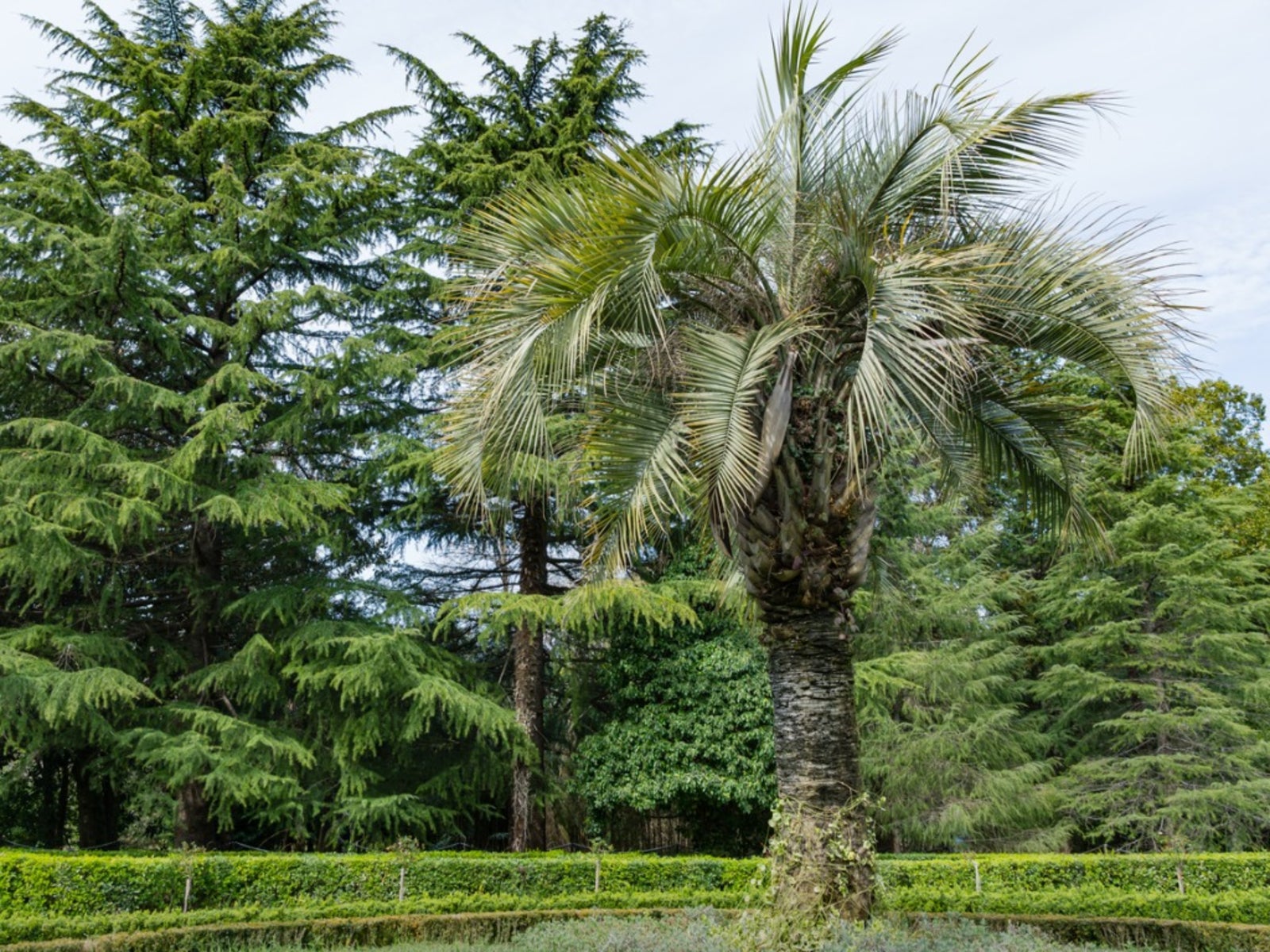 Is My Pindo Palm Dead – Treating Pindo Palm Freeze Damage
Is My Pindo Palm Dead – Treating Pindo Palm Freeze DamageCan I save my frosted pindo palm? Is my pindo palm dead? Even this tough palm can be damaged by a sudden cold snap. Click here and learn how to assess pindo palm frost damage. There’s a good chance the plant will rebound when temperatures rise in spring.
By Mary H. Dyer
-
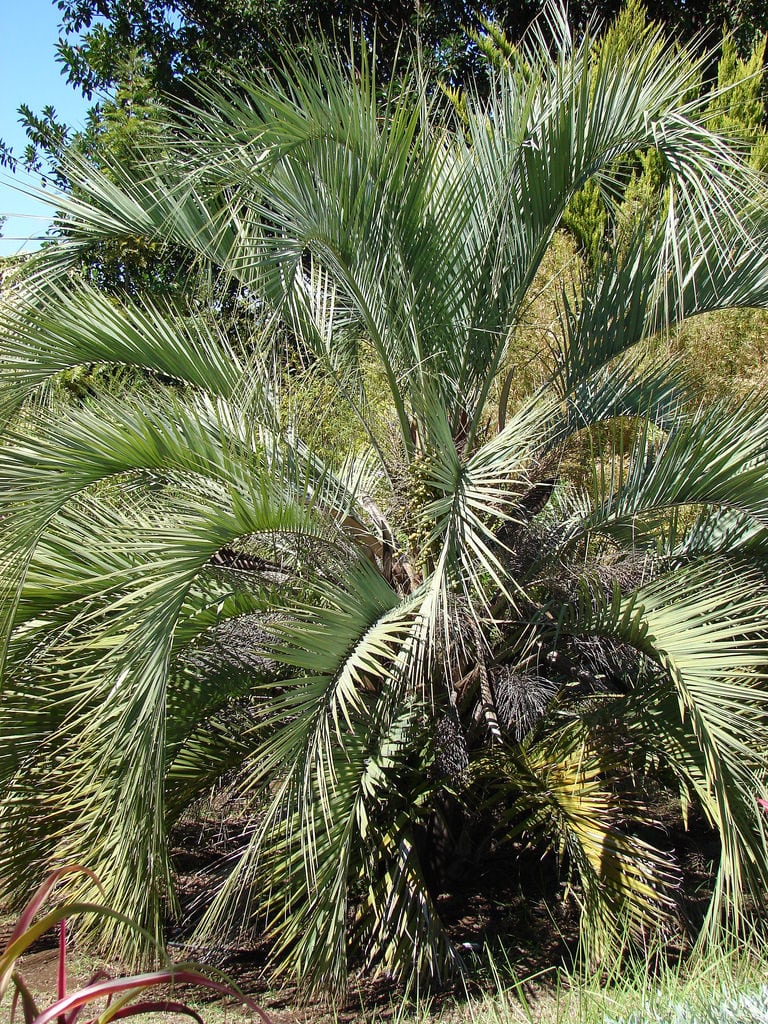 Pindo Palm Cold Hardiness – Can Pindo Palms Grow Outdoors In Winter
Pindo Palm Cold Hardiness – Can Pindo Palms Grow Outdoors In WinterYou may live where winter means sub-freezing temperatures and still be able grow pindo palm trees. It's possible for them to survive in your part of the world, but only with proper winter protection. For pindo palms, it's an ongoing process, and this article can help.
By Gardening Know How
-
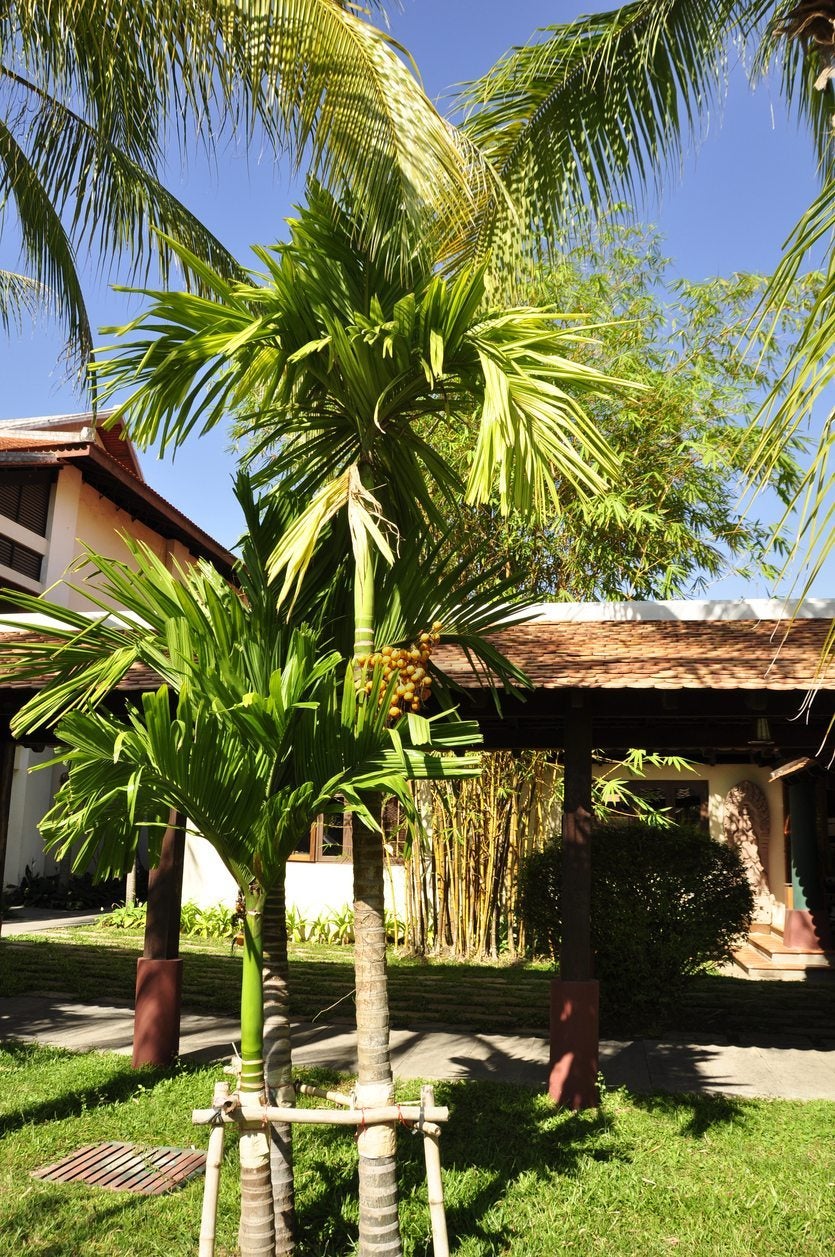 Pindo Palm Disease Info: Learn How To Treat Sick Pindo Palm Trees
Pindo Palm Disease Info: Learn How To Treat Sick Pindo Palm TreesPindo palm trees suffer from nutritional deficiencies but fungus or occasional bacteria are usually the causes of diseased pindo palm plants. Click this article for more information on pindo palm disease and what to do for prevention and control.
By Bonnie L. Grant
-
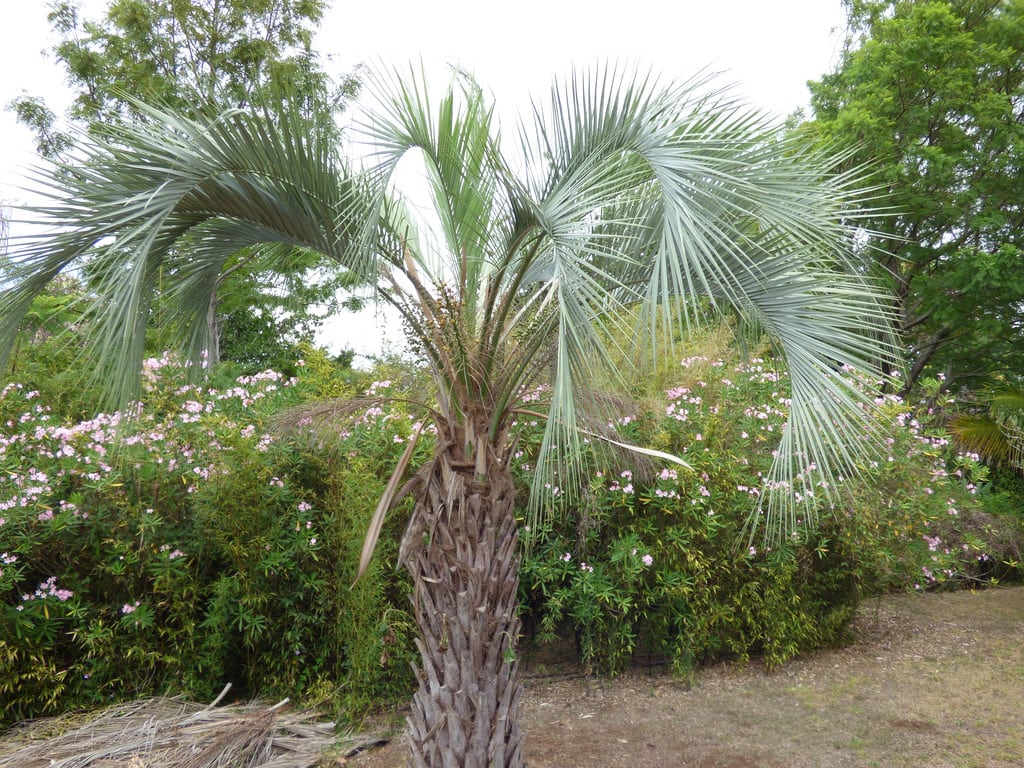 Pindo Palm Issues: Common Problems With Pindo Palms
Pindo Palm Issues: Common Problems With Pindo PalmsEven though they tolerate cold, you might still have issues with a pindo palm. Problems with pindo palms may be insect or disease related - or both. The following article contains information on common pindo palm problems and how to manage pindo palm issues.
By Amy Grant
-
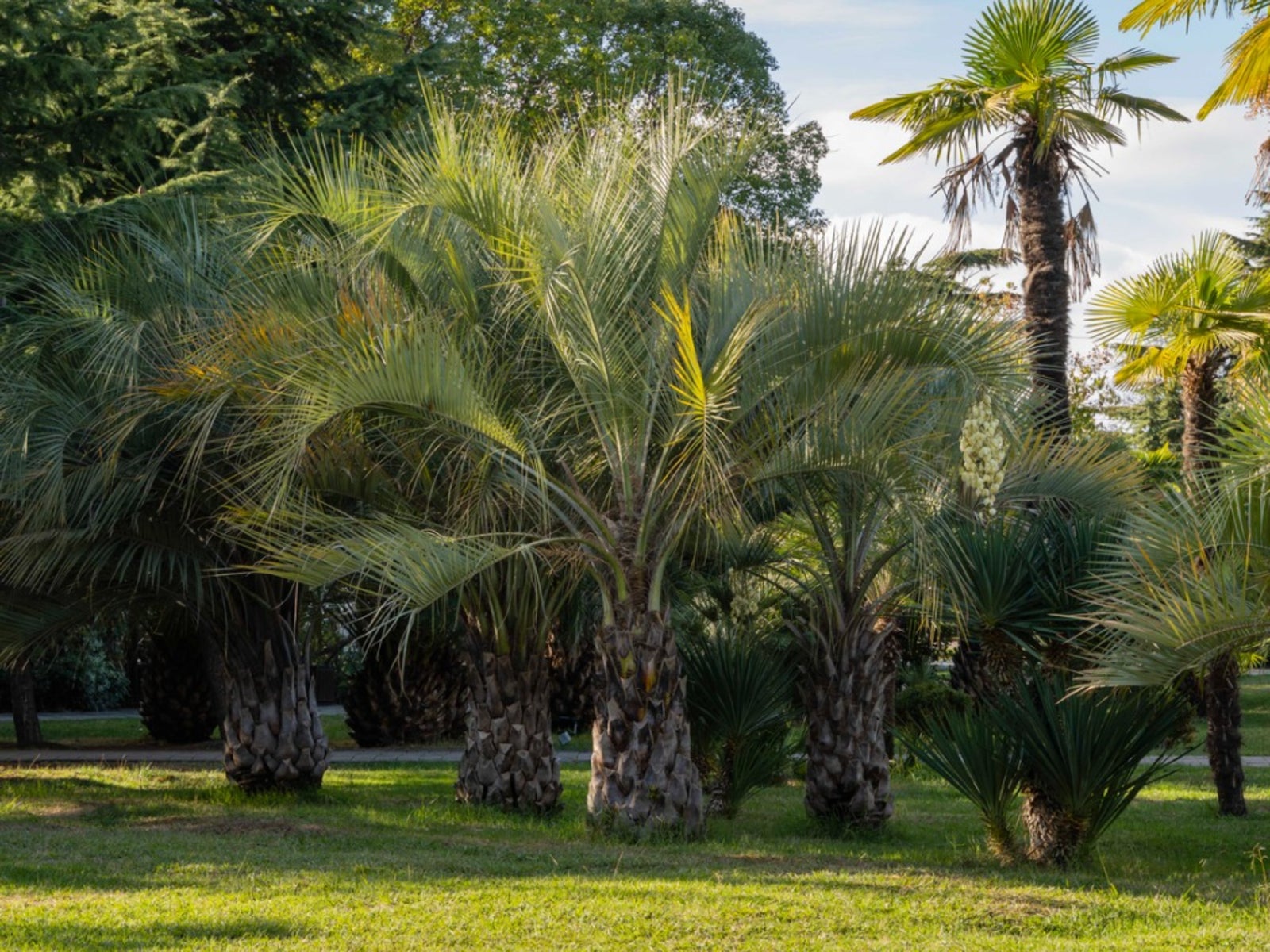 Pindo Palm Fertilizer Needs – Learn How To Feed A Pindo Palm Tree
Pindo Palm Fertilizer Needs – Learn How To Feed A Pindo Palm TreePindo palms are popular trees, especially in public landscapes. But homeowners and gardeners may find themselves wondering: how much fertilizer does a pindo palm need? Click here to learn more about pindo palm fertilizer needs and how to feed a pindo palm tree.
By Liz Baessler
-
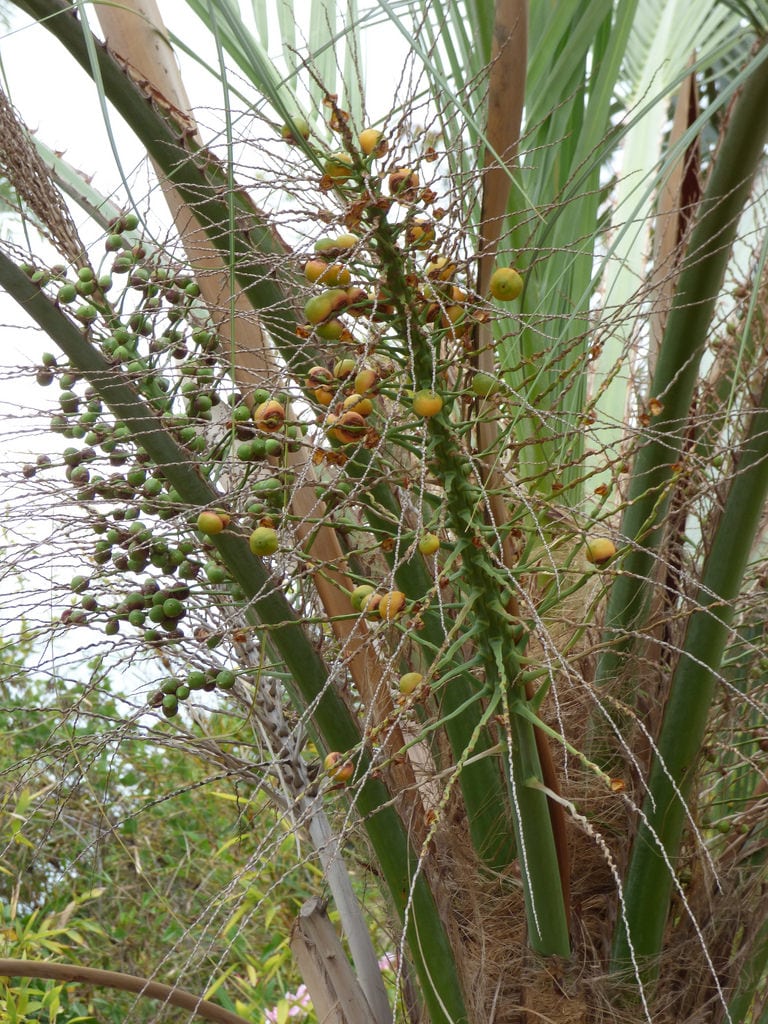 Pindo Palm Propagation: Learn About Propagating Pindo Palms
Pindo Palm Propagation: Learn About Propagating Pindo PalmsGerminating pindo palm seeds requires some patience and know how to get the process correct and achieve a baby palm. The following article outlines how to propagate a pindo palm with the steps needed for success. Click here to learn more.
By Bonnie L. Grant
-
 Caring For Pindo In A Container: How To Grow A Pindo Palm In A Pot
Caring For Pindo In A Container: How To Grow A Pindo Palm In A PotIt's easy and convenient to grow pindo palm in a pot or container since these palms grow very slowly. For more information about pindo in a container and the growth requirements for container grown pindo palms, this article will help.
By Teo Spengler